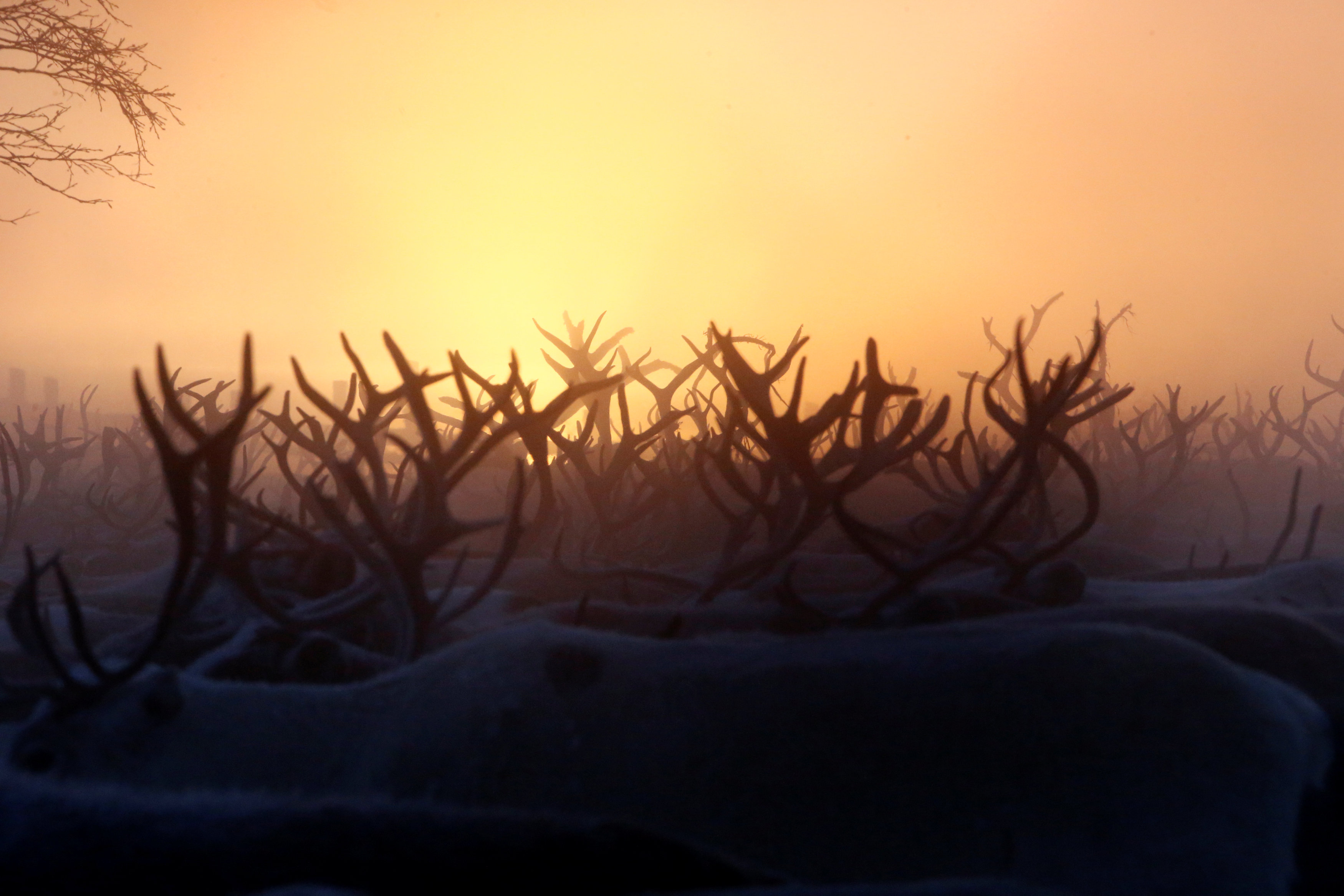The Arctic needs better cross-sector crisis-related collaboration
Acting now will help mitigate the effects of the next pandemic or other disaster.

The coronavirus pandemic has shown that the Arctic Council must hasten its efforts to coordinate different elements of emergency preparedness responses to crises affecting human health and wellbeing. Unfortunately, COVID-19 is likely to be one of the first — rather than the last — persistent, widespread viruses to plague Arctic communities. As permafrost thaws because of global warming, viruses and bacteria that have lain dormant in soils for centuries could come back to life. Many of these viruses likely will be dangerous for humans and animals and do not have readily available vaccines for treatment. The burgeoning tourism industry will further exacerbate the risk of introducing and spreading diseases in the Arctic region.
Luckily, the Arctic already has a head start down a path of collaboration on health crises with the One Health initiative. One Health, which was launched in 2013 out of the Arctic Council’s Sustainable Development Working Group, is a laudatory effort to bring a cross-disciplinary approach to health and wellness across the Arctic region by holding knowledge-sharing events and mock exercises to bring together health and science professionals specializing in the circumpolar North.
And yet, despite this early start on crisis-related cooperation, the severity of the coronavirus pandemic demonstrates that One Health’s work, in isolation, is not enough. One of the major challenges for the Arctic has been syncing up different kinds of emergency preparedness professionals. As Michael Brubaker, from the Alaska Native Tribal Health Consortium, told me: “this [collaboration] has not happened enough.” Arctic Council working groups tend to operate in siloes, making it challenging to bring together people from different professional backgrounds into even the same room.
One important step the Arctic Council should take to better prepare the region for future crises is to establish and maintain regular communication between its working groups, in particular the aforementioned SDWG and Emergency Prevention, Preparedness, and Response. This communication would not supersede or replace either working group as it exists, but rather build on their respective strengths by offering opportunities for collaboration.
Each of these working groups bring different levels of expertise to bear on responding to and mitigating potential crises. EPPR has focused on responses to water-based environmental catastrophes in the Arctic, such as oils spills. For its part, SDWG has specialized in challenges to circumpolar community health and wellness. Each working group’s narrow focus has limited who is in the room: EPPR to security experts and coast guard officials and SDWG to health officials and Indigenous representatives. Bridging these specialties will likely reveal new insights on how to better tackle cross-sector emergencies, such as the coronavirus, as greater diversity in knowledge and perspectives helps foster creativity and avoid groupthink.
To start, SDWG and EPPR should build on One Health’s work by establishing a jointly sponsored annual meeting featuring a mock exercise on an unexpected crisis. For example, the exercise could focus on how to assure food security for remote communities in the event of a wildlife disease outbreak.
The benefits of such a meeting will be evident at two levels. For the working groups themselves, collocation and collaboration will result in greater preparedness for disasters of all kinds in the Arctic. For the participants, these meetings will help build cross-sector relationships that will bear fruit in the long-term and help foster individual and community resilience.
To make this exercise a reality, it is critical that Arctic governments prioritize funding for joint working group activities. While funding shortfalls are a major challenge for Arctic states, the impact of the coronavirus hopefully will convince sponsors of how essential this work can be. States should also make sure to prioritize the participation of key representatives, such as Indigenous leaders, at the joint events.
Beyond this, as the working groups have different institutional cultures, a steering committee composed of key players from both groups will need to work in advance to set the agenda, develop goals, and determine what a successful mock exercise will look like. Finally, the committee should identify those who will be responsible for implementing action items from the mock exercise, so the learning done there does not remain purely theoretical.
It is time to start closing the crisis-related collaboration gap in the polar region. Greater communication between emergency response specialists is needed both for the Arctic to weather the coronavirus crisis now and also to prepare for and mitigate future natural disasters, health and otherwise, that we know are coming. I call on Arctic specialists to break out of their siloes and come together for the benefit of their region.
Jenna Stark is a 2020 Master in Public Policy graduate from the Harvard Kennedy School with a national security and foreign policy.

The views expressed here are the writer’s and are not necessarily endorsed by the Arctic Initiative or ArcticToday, which welcomes a broad range of viewpoints. To submit a piece for consideration, email commentary (at) arctictoday.com.